Stevens’s Books
1/6/2019 ☼ post ☼ stevens ☼ queer
THE FOLLOWING IS the text of a short (PechaKucka) talk I gave at an event called “Cloth and Paper: Queer Materialities,” as part of the 2019 South Australia’s History Festival. I hadn’t done the format before, and far from mastered it, although I was pleased with how literally my material answered the “cloth and paper” brief. In any case, this will be fodder for a future essay.
The images below are of Wallace Stevens’s personal copies of his own books of poems; these now reside with the Wallace Stevens Papers at the Huntington Library in Los Angeles, where I photographed them while a fellow there in 2016.
Wallace Stevens published his first book, Harmonium, in 1923, but it was overshadowed by T. S. Eliot publishing “The Waste Land” at the end of 1922. What followed was a nearly ten year silence from Stevens, but Harmonium had a kind of slow burn reception, and during the 1930s, Stevens was coaxed back into poetry publishing by its fans.
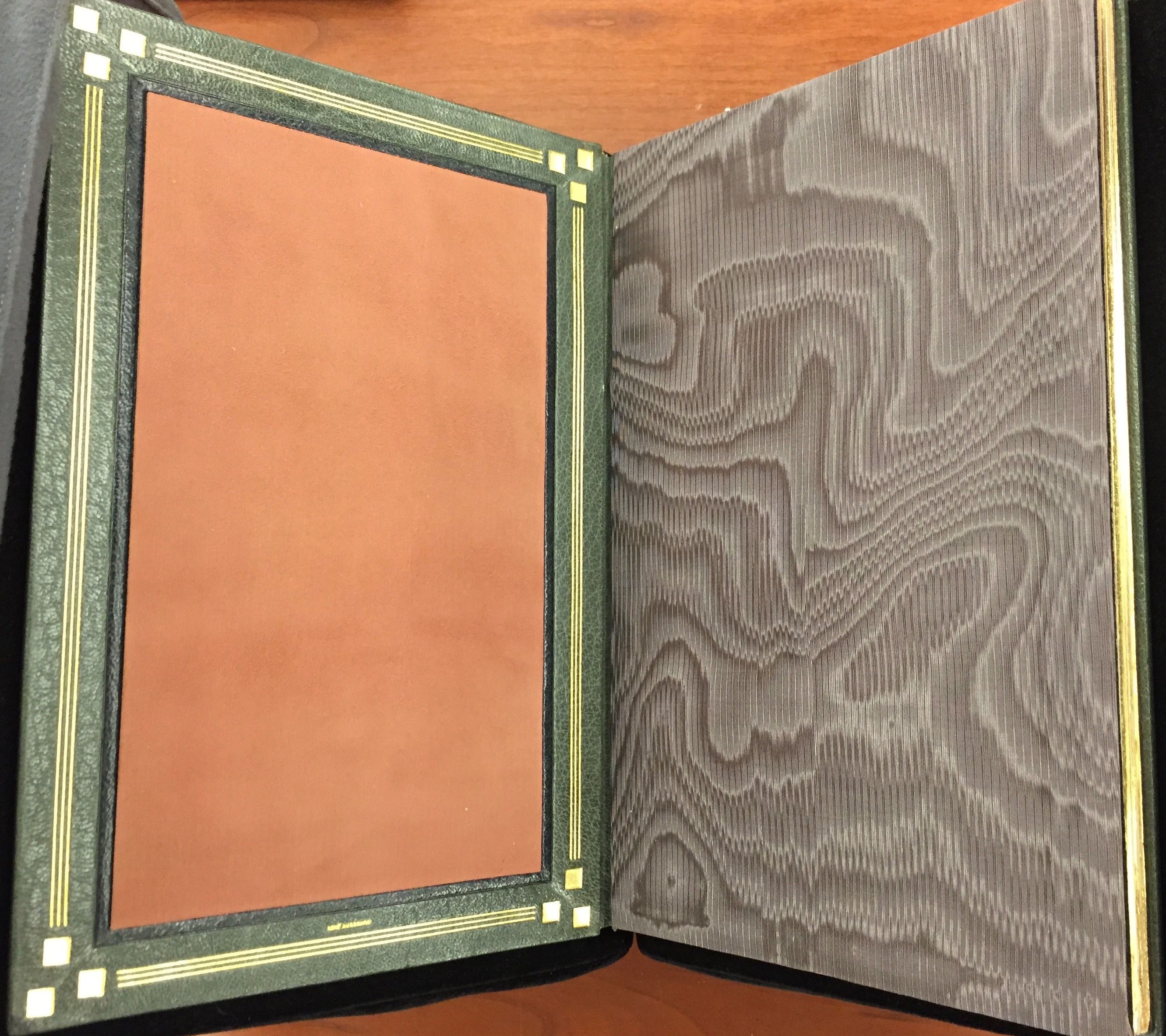

One of these, Ronald Lane Latimer, only 23 years old when he first reached out to Stevens in 1933, was a queer aesthete and a budding modernist impresario. He was the founder of Alcestis, a literary magazine, and the associated Alcestis Press, a small publisher of limited editions. By the 1930s, Alcestis was only one of scores of private presses or hand-presses publishing modernist works on both sides of the Atlantic. The small press movement, however, is not a modernist innovation, but a late-Victorian one; in both Britain and the United States, in ethos as well as in technique, the movement owes everything to William Morris and the arts and crafts movement.
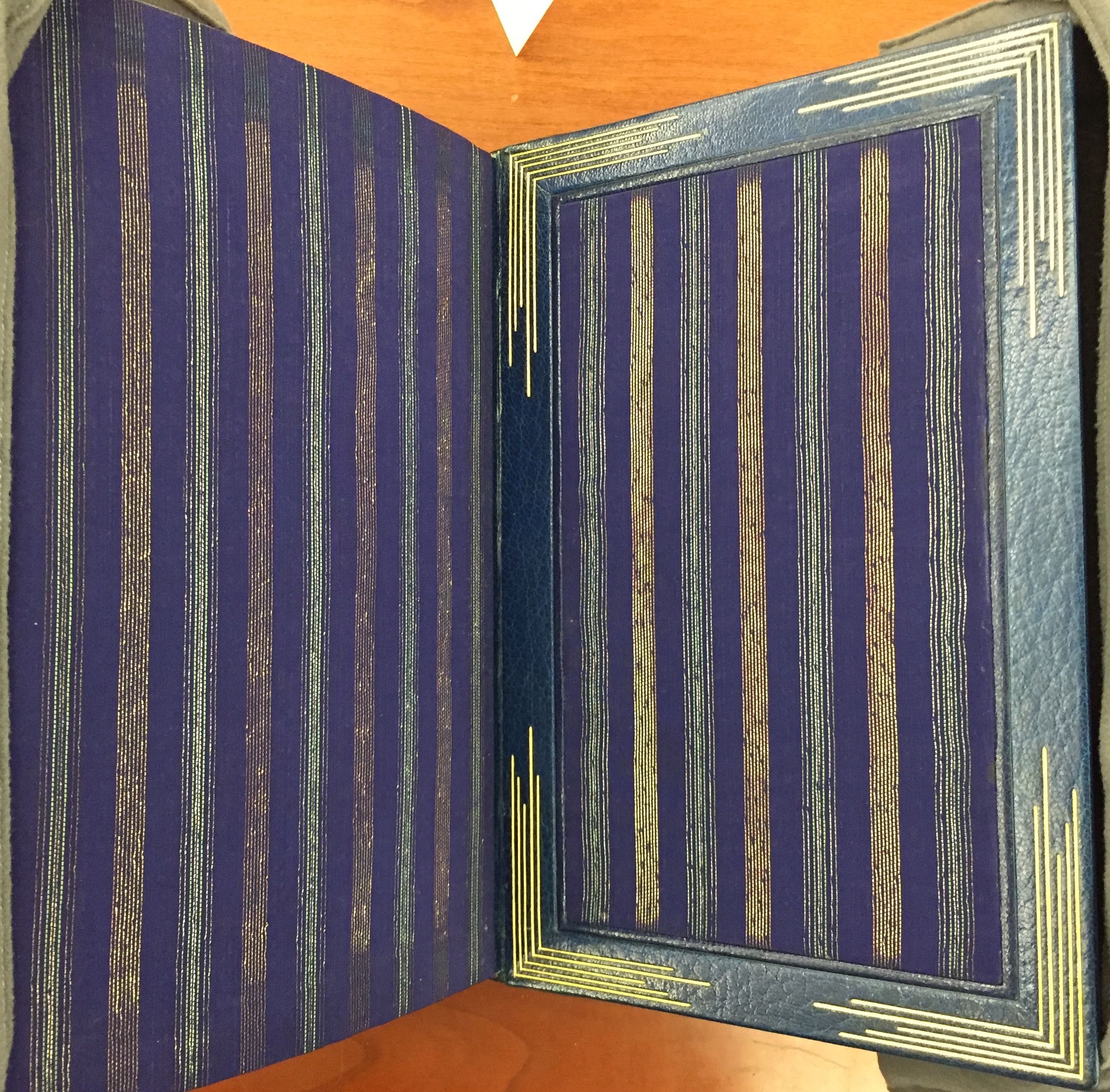

For Stevens, his engagement with the small press movement was not only the opening up of a new avenue of publication. Stevens was a collector by nature; rare books, art books, French paintings, Chinese tea: Stevens maintained epistolary networks throughout his life that supplied him with these things. Through the small press movement, Stevens began to apply these instincts for connoisseurship to paper, to typography, and to book design in general. As his correspondence from the time shows, Stevens’s return to writing poetry coincided with a blossoming interest in every facet of book production.
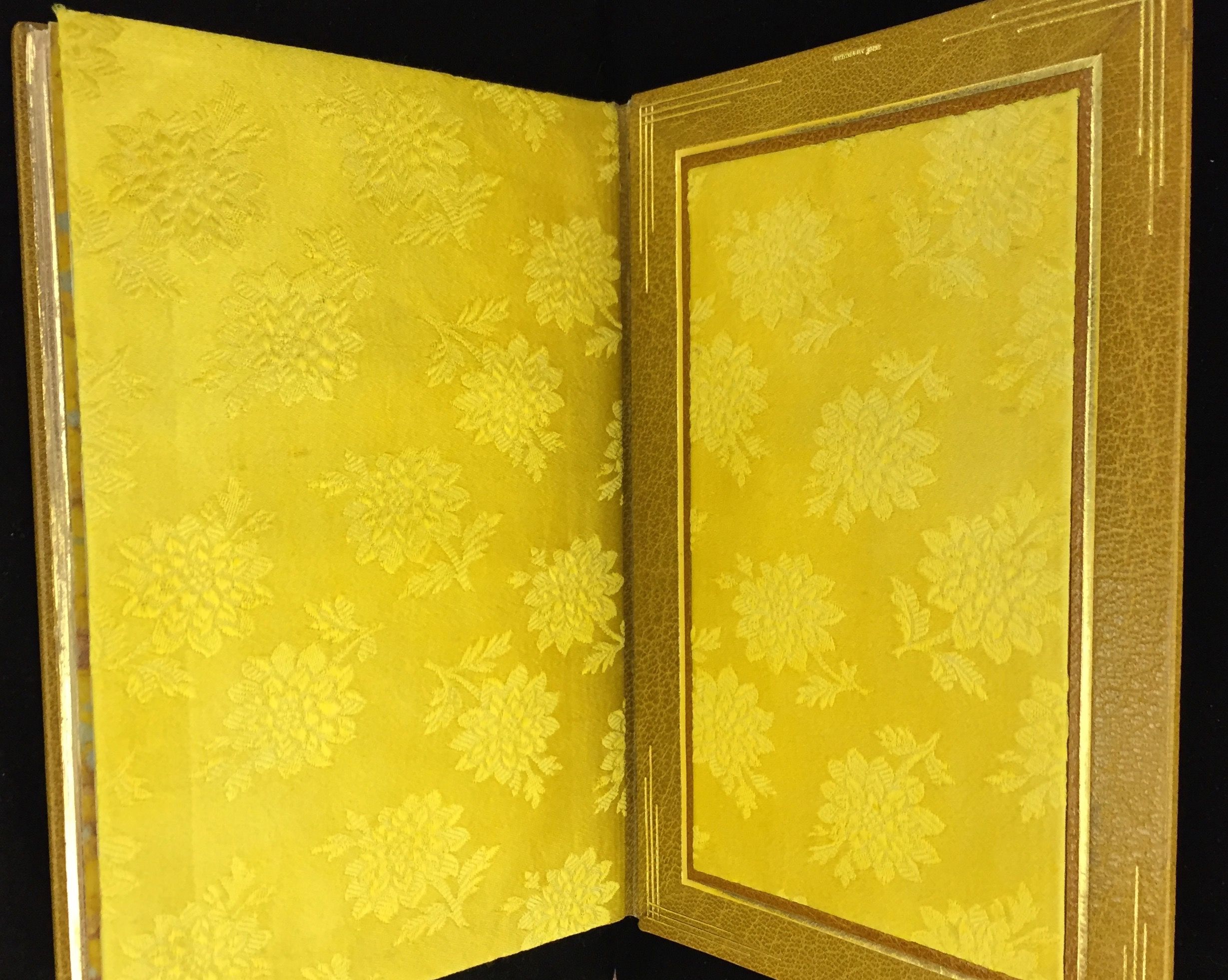

I think that this is germane to our reading of Stevens because he has traditionally been regarded as a poet of abstraction, a writer of difficult and forebodingly intellectual verse that turned its back on the world as it is. But what Stevens’s interest in the making of books discloses is a poet deeply invested in the material aspects of his craft. We may even speculate that, against the New Critical orthodoxies of his time, which tended to regard the poem as an ideal object, Stevens tended to regard the poem as complete only in its material realisation.
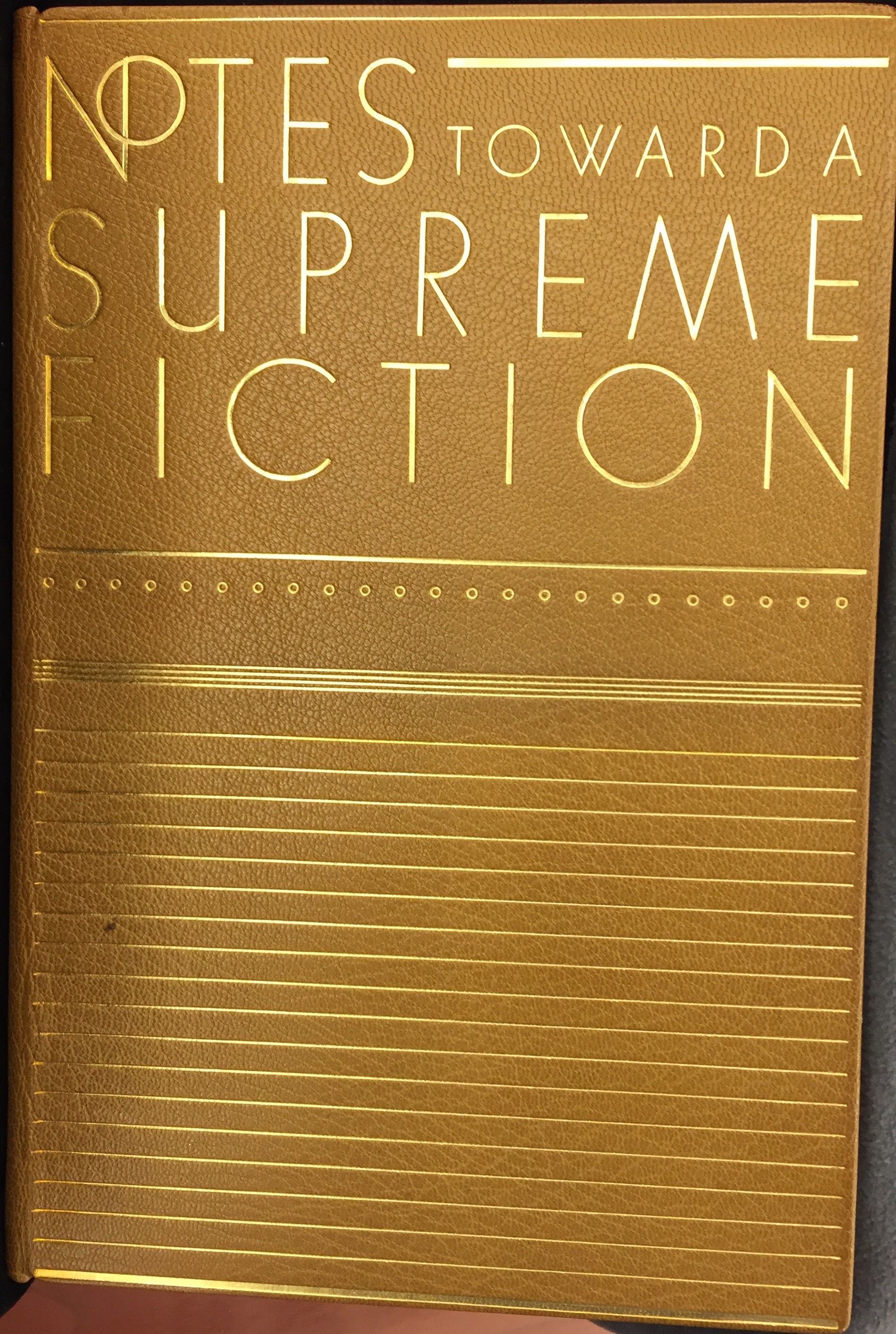
Starting with his return to publication in the mid-1930s, Stevens established a habit of having a first edition copy of each of his major publications custom bound in the sumptuous engraved leather and cloth you see in these images. He employed the services of two binders, Rene Aussourd, in Paris, and Gerhard Gerlach, in New York; whereas Gerlach’s bindings tend to be austere, rectilinear, and modernist, Aussord’s tend to be more imaginative and romantic, featuring the leather bindings and hand-dyed endpapers you see here.
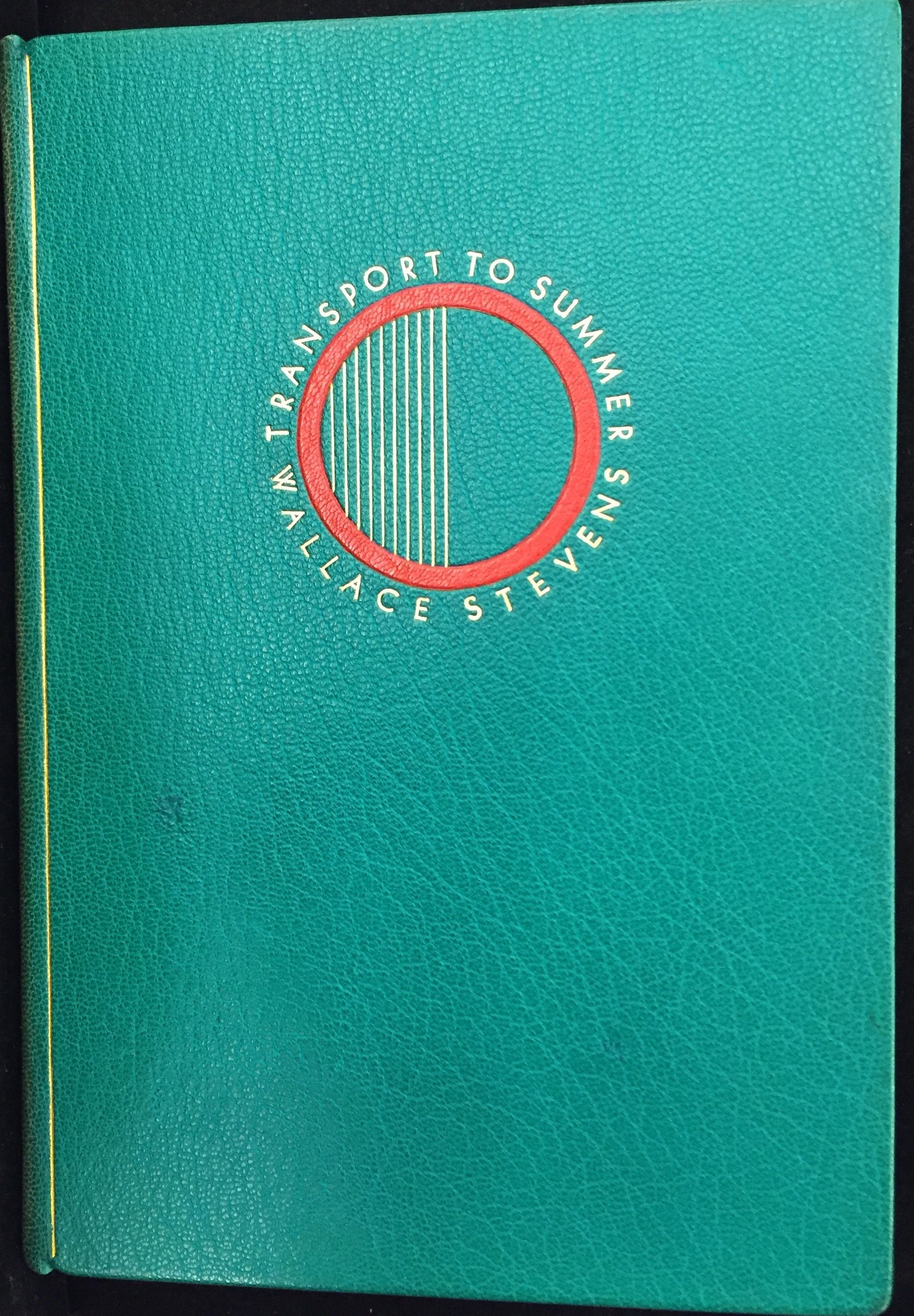
There is, in other words, a deep consonance between these works and the aesthetic of excess that runs throughout Stevens’s poetry, and which stands in tension with the more obviously modernist urge towards austerity and abstraction in his poems. And this is where, I think, their queerness inheres: in their refusal of an audience, the way they represent a purely private pleasure.
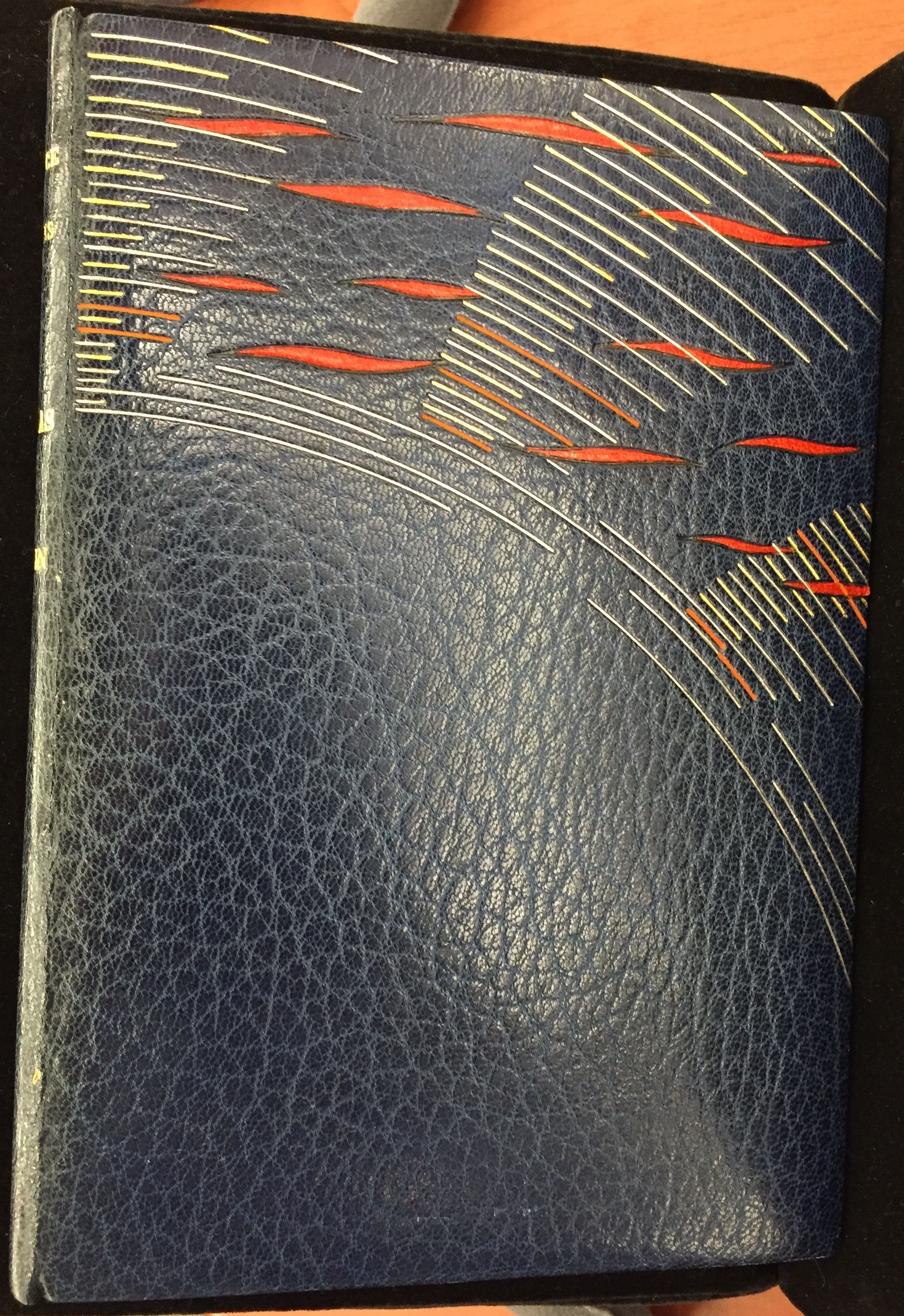
They seem to embody Stevens’s dictum that poetry is “a violence from within that protects us from a violence without.” And yet–in a paradox that is also in its way, queer–they represent the product of a large collaborative effort between poet, designer, craftsperson, and more. In this sense, they remind us that even the threads of our most private identities are woven collectively.
All images © Benjamin Madden, taken at the Huntington Library, San Marino, California.